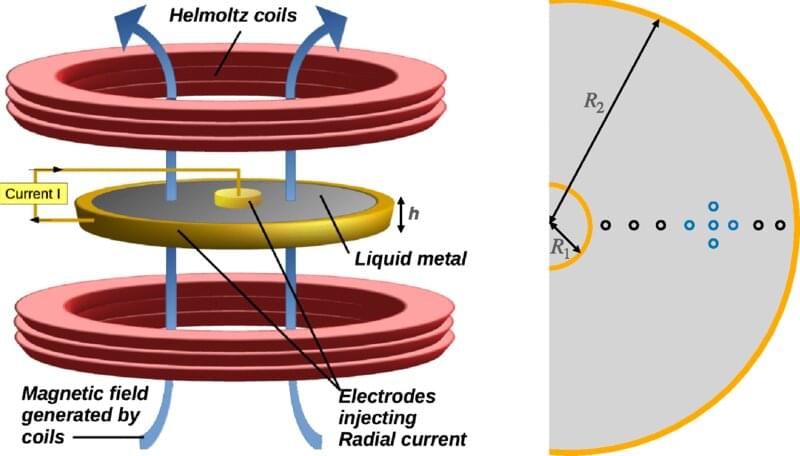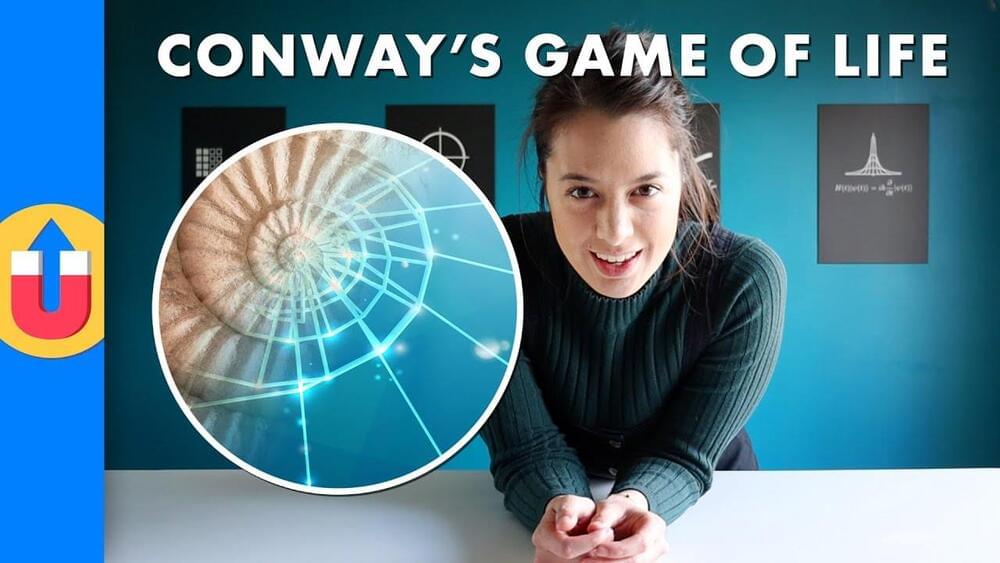Sep 4, 2022
The World in 2050: Top 20 Future Technologies
Posted by Dan Breeden in categories: blockchains, mathematics, robotics/AI
This video covers the world in 2050 and its future technologies. Watch this next video about the world in 2060: https://bit.ly/34uGxSU
► Support This Channel: https://www.patreon.com/futurebusinesstech.
► Udacity: Up To 75% Off All Courses (Biggest Discount Ever): https://bit.ly/3j9pIRZ
► Brilliant: Learn Science And Math Interactively (20% Off): https://bit.ly/3HAznLL
► Jasper AI: Write 5x Faster With Artificial Intelligence: https://bit.ly/3MIPSYp.
SOURCES:
• https://www.futuretimeline.net.
• AI 2041: 10 Visions of Our Future (Kai-Fu Lee & Chen Qiufan): https://amzn.to/3bxWat6
• Tim Ferriss Podcast [Chris Dixon and Naval Ravikant — The Wonders of Web3, How to Pick the Right Hill to Climb, Finding the Right Amount of Crypto Regulation, Friends with Benefits, and the Untapped Potential of NFTs (542)]: https://tim.blog/2021/10/28/chris-dixon-naval-ravikant/
• https://2050.earth/
• https://research.aimultiple.com/artificial-general-intellige…ty-timing/
• https://mars.nasa.gov/mars2020/spacecraft/rover/communications/
• https://www.forbes.com/sites/tomtaulli/2020/08/14/quantum-co…3acd9f3b4c.
• https://cointelegraph.com/news/tales-from-2050-a-look-into-a-world-built-on-nfts.
• https://medium.com/theblockchainu/a-day-in-life-of-a-cryptoc…a07649f14d.
• https://botland.store/blog/story-of-the-internet-from-web-1&…b-4-0/
• https://www.analyticsinsight.net/light-based-computer-chips-…h-photons/
• https://www.wired.com/story/chip-ai-works-using-light-not-electrons/
• https://www.science.org/content/article/light-based-memory-c…store-data.
Continue reading “The World in 2050: Top 20 Future Technologies” »
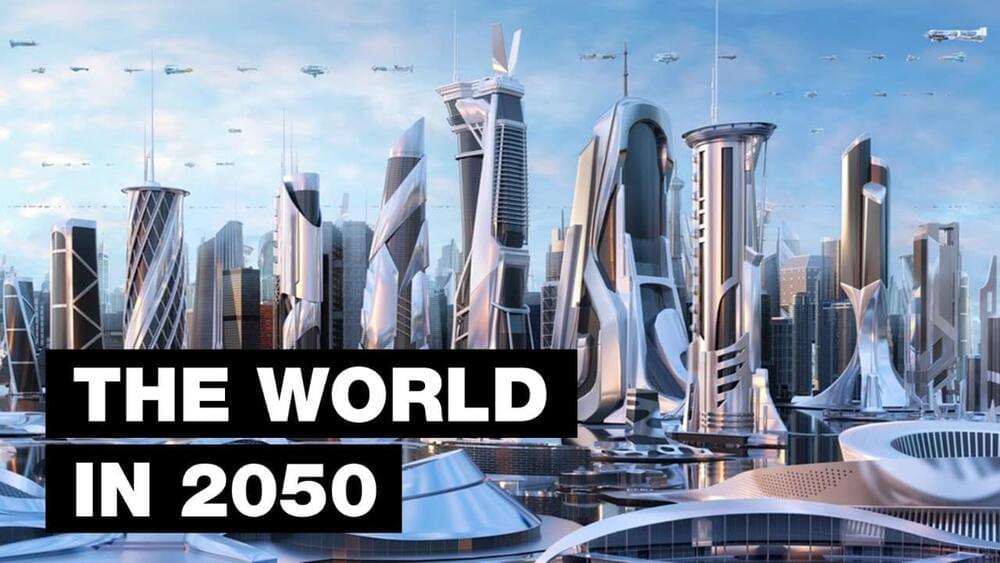
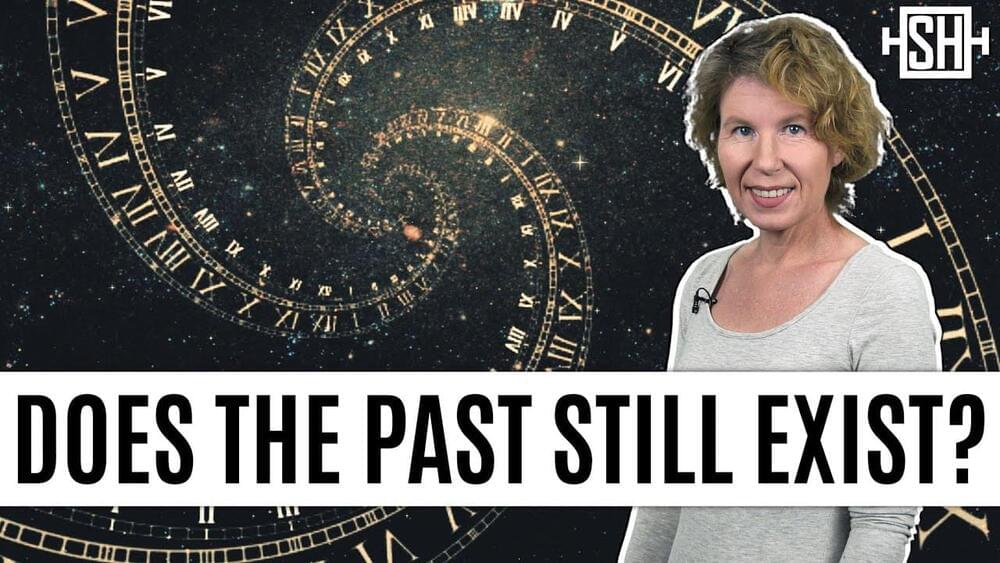
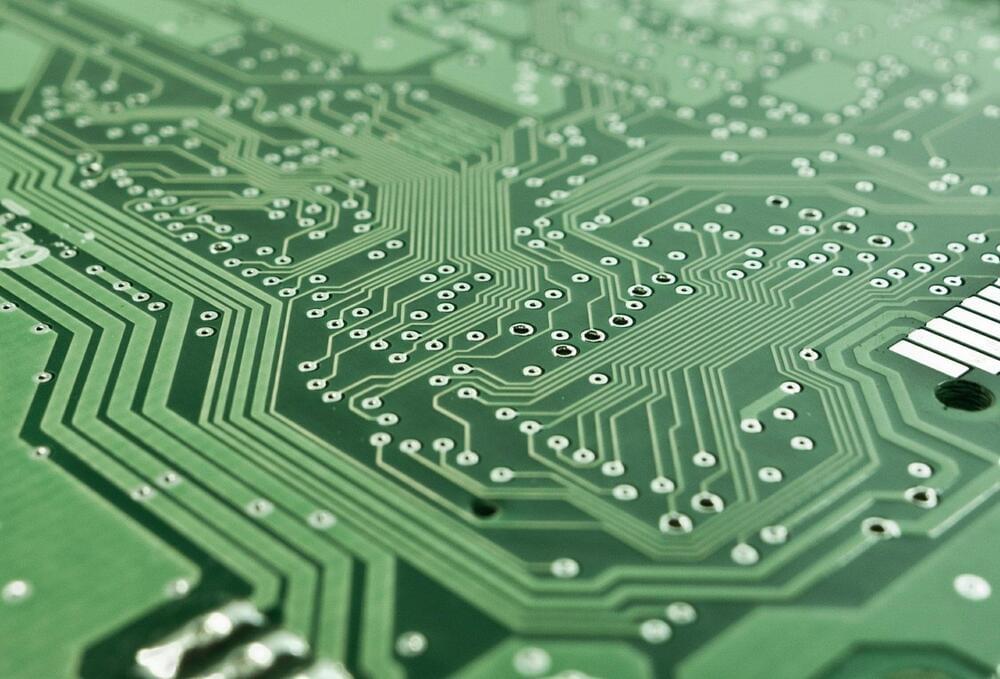
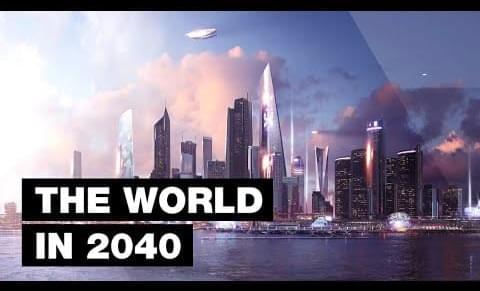
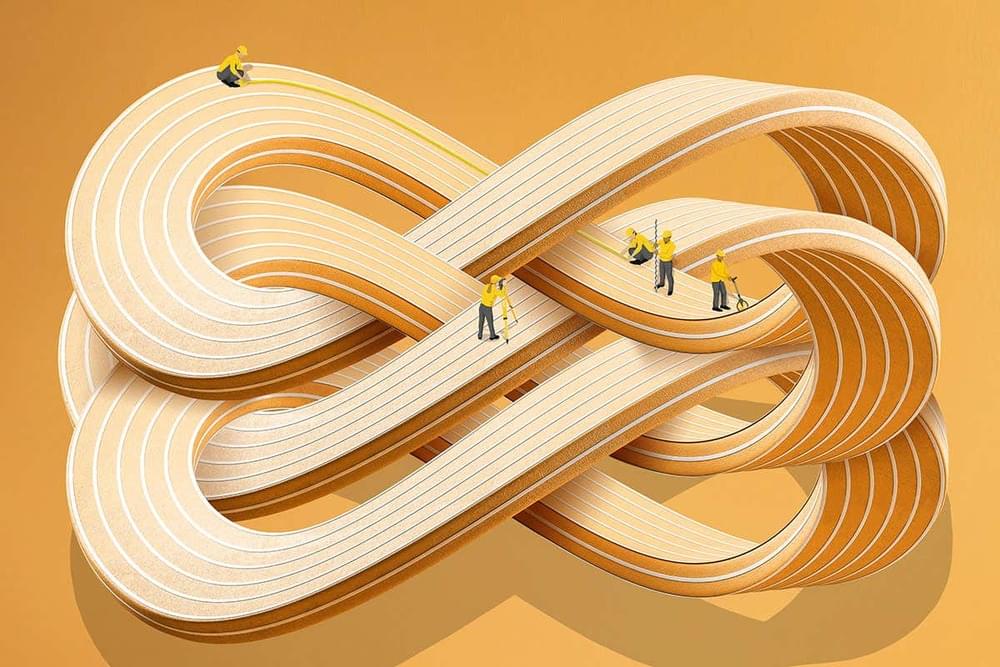
 Foresight Existential Hope Group.
Foresight Existential Hope Group.